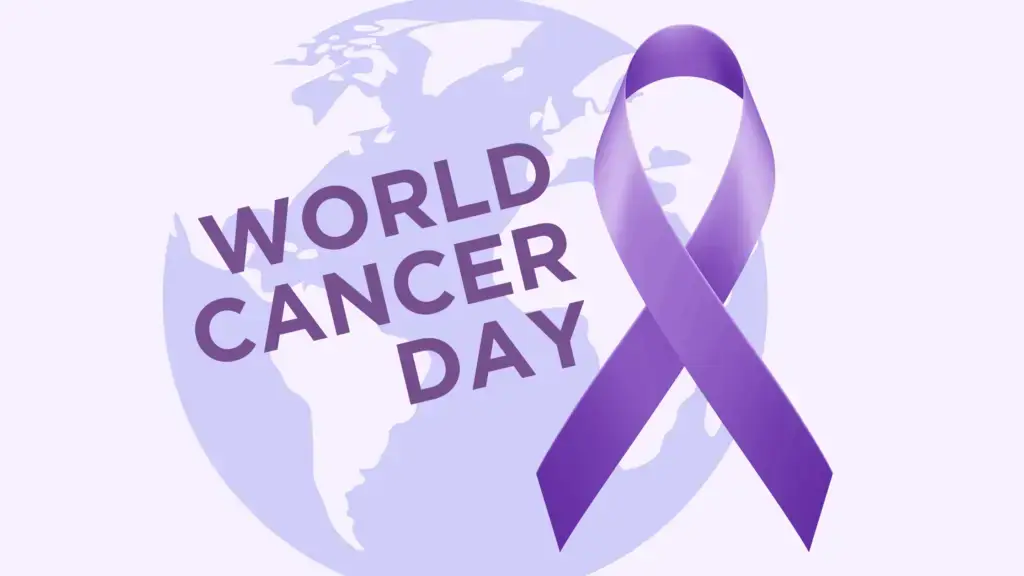Cancer treatment is an incredibly challenging journey, often leaving survivors physically and emotionally drained. While survival is the primary goal, the road to recovery requires more than just healing from the illness itself, it requires rebuilding strength and endurance. One of the most effective ways to regain strength and improve quality of life after treatment is through strength training.
In this blog, we’ll explore why building muscle matters after cancer treatment, how strength training supports recovery, and why it’s important to include physical activity in a full recovery plan.
The Importance of Muscle Health in Cancer Recovery
During cancer treatment, particularly chemotherapy and radiation, the body goes through a variety of changes, including significant muscle loss. This can lead to fatigue, weakness, and a decrease in overall functional capacity. Survivors may also experience joint pain, decreased bone density, and difficulty with mobility. When muscles are weakened, it becomes more difficult to perform everyday tasks, affecting the ability to return to normal life.
Muscle health is crucial for maintaining daily functioning, increasing stamina, and improving the body’s ability to heal. Building muscle after cancer treatment can help counteract the physical decline caused by treatments, reduce fatigue, and increase energy levels. Strong muscles are also important for stability, balance, and preventing falls or injuries, which can be especially crucial as the body regains strength.
Benefits of Strength Training After Cancer Treatment
- Physical Benefits
Strength training is an excellent way to rebuild muscle mass lost during cancer treatment. By focusing on resistance exercises that challenge the muscles, you can restore strength and regain physical independence. Whether through bodyweight exercises, free weights, or resistance bands, strength training helps increase muscle mass, boost stamina, and promote flexibility.
It also improves bone density, which is particularly important for cancer survivors who may be at risk of osteoporosis due to treatments like chemotherapy and hormone therapy. As you build muscle, you reduce the risk of bone fractures and improve posture and stability.
- Mental and Emotional Benefits
Physical activity, especially strength training, has significant mental health benefits. Exercise releases endorphins, which are natural mood boosters that help reduce anxiety and depression. Cancer survivors often experience feelings of helplessness and loss of control. Strength training helps you regain control over your body, build confidence, and feel accomplished.
Strength training offers mental benefits like improved mood and focus. Research shows that regular exercise can also help manage the cognitive effects of cancer treatment, such as “chemo brain,” which can cause memory issues, difficulty concentrating, and brain fog. Strength training can improve cognitive function, helping survivors feel more mentally sharp and focused.
- Long-Term Health Benefits
Strength training can help prevent long-term complications of cancer treatment. Conditions such as sarcopenia (muscle wasting) and metabolic syndrome, which involves high blood pressure, high blood sugar, and abnormal cholesterol levels, are common among cancer survivors. Building muscle through strength training can help manage these conditions and reduce the risk of chronic diseases.
Muscle health supports overall immune function and metabolism. Strong muscles help regulate blood sugar levels, enhance circulation, and improve the body’s ability to absorb nutrients, critical for recovery and long-term health.
The Science Behind Strength Training for Cancer Survivors
Strength training works by creating small tears in muscle fibers, which, when repaired, become stronger over time. After cancer treatment, the body may be in a weakened state, but through consistent resistance training, it begins to rebuild muscle tissue. This process is essential for improving muscle mass and overall body strength.
Strength training promotes hormone regulation, which can be disrupted by cancer treatments. Chemotherapy and hormone therapy often interfere with estrogen and testosterone levels. Regular strength training helps balance these hormones, which can improve mood, energy levels, and general well-being.
Studies have shown that strength training can help cancer survivors reduce fatigue, improve cardiovascular health, and maintain a healthy weight. This holistic approach is vital to fully recovering from the effects of cancer treatment and returning to a normal, active lifestyle.
Key Considerations When Starting Strength Training Post-Treatment
Starting strength training after cancer treatment should be approached with care. The body may be more sensitive and vulnerable in the recovery phase, so it’s essential to consult with a healthcare provider or physical therapist before beginning an exercise program.
- Start Slow and Progress Gradually: Don’t jump into intense workouts right away. Begin with low-impact exercises that focus on mobility, flexibility, and core strength. Gradually increase the intensity and duration of your workouts as your body adapts. Listen to your body, rest when needed, and avoid pushing too hard.
- Focus on Recovery and Balance: Incorporating rest days into your routine is just as important as training days. Overtraining can lead to injury or burnout, so make sure you balance strength training with adequate recovery. This includes prioritizing sleep, nutrition, and hydration as part of your overall fitness plan.
- Adapt Exercises to Your Body’s Needs: Cancer treatment can result in lingering side effects like joint pain, fatigue, and reduced range of motion. Modify exercises to accommodate these challenges. Resistance bands and light weights can be excellent starting points for those who need to ease into strength training.
Effective Strength Training Exercises for Cancer Survivors
Cancer survivors can begin their strength training journey with simple, low-impact exercises that target the major muscle groups. Here are some effective exercises to get started:
- Bodyweight Squats: Squats are a great full-body exercise that targets the legs, glutes, and core. Start by performing shallow squats and gradually increase the depth as you build strength.
- Wall Push-ups: Wall push-ups are an excellent way to build upper body strength without straining the shoulders or wrists. As you gain strength, progress to standard push-ups or modified knee push-ups.
- Resistance Band Exercises: Resistance bands are perfect for adding gentle resistance to exercises like bicep curls, shoulder presses, and leg extensions. They provide controlled resistance that’s easier on the joints.
- Dumbbell Exercises: Once you’ve built up some strength, you can incorporate light dumbbells for exercises like lunges, chest presses, and rows to continue building muscle.
- Core Workouts: Strengthening your core is essential for improving balance and stability. Exercises like planks, bird dogs, and leg raises are great for building a solid foundation of strength.
Building a Strength Training Routine
Creating a strength training routine that fits your needs is essential for long-term success. Here are some tips for creating a sustainable workout plan:
- Frequency: Aim for two to three strength training sessions per week, spaced out to allow for adequate recovery.
- Duration: Start with 20-30 minute sessions and gradually increase the time as your body becomes more accustomed to the routine.
- Progression: Increase the resistance, repetitions, or sets as you build strength. A good rule of thumb is to challenge your muscles without overexerting yourself.
- Consistency: Make strength training a regular part of your life, but be patient with the process. Progress may be slow, but every step forward is a victory.
Building muscle after cancer treatment is a powerful tool in the recovery process. Strength training not only helps rebuild muscle mass and physical strength, but it also provides emotional and mental benefits that can enhance overall well-being. By embracing a thoughtful, gradual approach to strength training, cancer survivors can regain control of their bodies, improve their health, and achieve a higher quality of life. Remember, consistency is key, strength comes over time.
In 2025, TrovaNow is expanding its impact—with a 40% increase in fundraising goals and more research sites dedicated to supporting cancer recovery. Visit www.trovanow.com to see how you can get involved and donate today.





